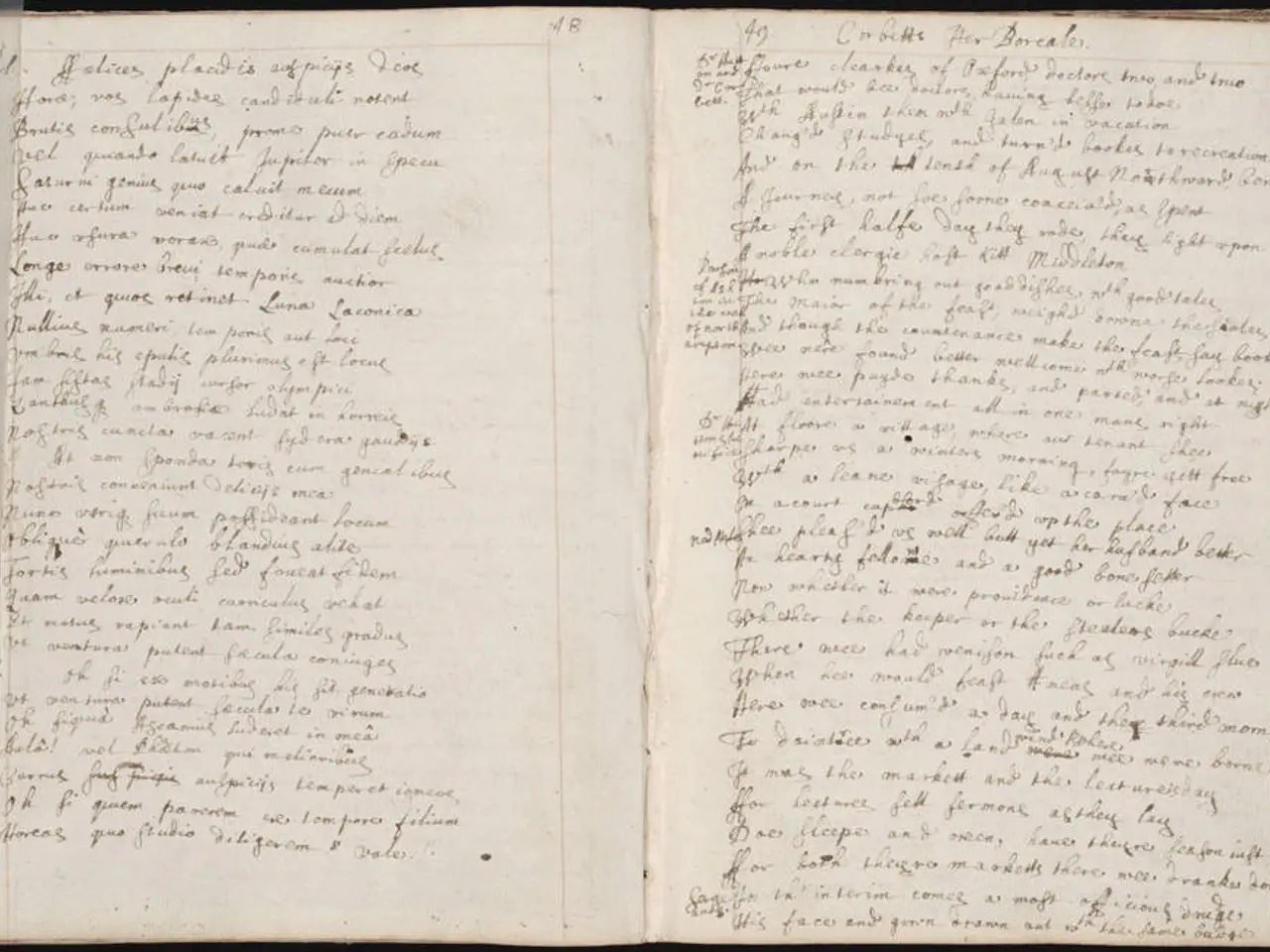Global Trade Stunned by Trump's 50% Tariff on India
The ongoing trade tensions between India and the United States have reached a critical juncture with the imposition of a 50% tariff on Indian exports. This significant tariff increase, which more than doubles the existing 25% duty, is seen as a defining moment in Indo-U.S. trade history and reflects a broader shift in U.S. foreign policy towards transactional relations over long-standing alliances.
The tariff, which targets key Indian export sectors such as textiles, pharmaceuticals, and IT, threatens to disrupt a bilateral trade relationship valued at nearly 200 billion dollars. Indian exporters are concerned about higher duties and reduced competitiveness, with many warning of potential job losses and margin compressions if the tariff remains in force beyond the U.S. elections.
The tariff, which includes crude oil trade with Russia, has already led to India delaying purchases of U.S. weapons and aircraft, signaling geopolitical and defense trade repercussions. The Office of the U.S. Trade Representative estimates that over 6.3 billion dollars worth of Indian goods could be affected.
The uncertainty caused by the tariffs has dampened investor sentiment, particularly for export-oriented stocks in India. US small and mid-sized firms in automotive and electronics sectors may face supply chain risks due to tariffs on Indian parts and components, potentially forcing them to seek alternative suppliers or bear higher costs.
The tariff could further accelerate India's reorientation toward Global South partners and potentially push India closer to BRICS and non-Western blocs, reshaping diplomatic alignments. Indian policymakers are weighing the possibility of challenging the tariff at the World Trade Organization and exploring various scenarios, including tariff exemption requests.
The coming months will test India's diplomatic finesse and the resilience of the India-U.S. partnership, potentially determining the next phase of India-U.S. relations. If Trump returns to office in 2025, the tariff policy may become institutionalized, further impacting India-U.S. trade relations.
The tariff is not just an economic penalty, but a geopolitical message from Trump. The potential long-term impacts of this tariff on India-U.S. economic ties and global trade include significant disruptions to bilateral trade, increased costs for Indian exports to the U.S., job losses in export sectors, supply chain challenges, and possible deterioration in diplomatic and commercial relations.
References:
- The Economic Times
- The Hindu
- Bloomberg
- The Wall Street Journal
- The Indian Express
- Despite the escalating trade tensions, some Indian sports teams continue to strive for international success, facing additional challenges due toheightened costs and potential disruptions in their supply chains.
- Indian sports associations are preparing contingency plans to mitigate the effects of the tariff on the acquisition of equipment and international travel, aiming to ensure the continued competitiveness of their athletes on the global stage.








